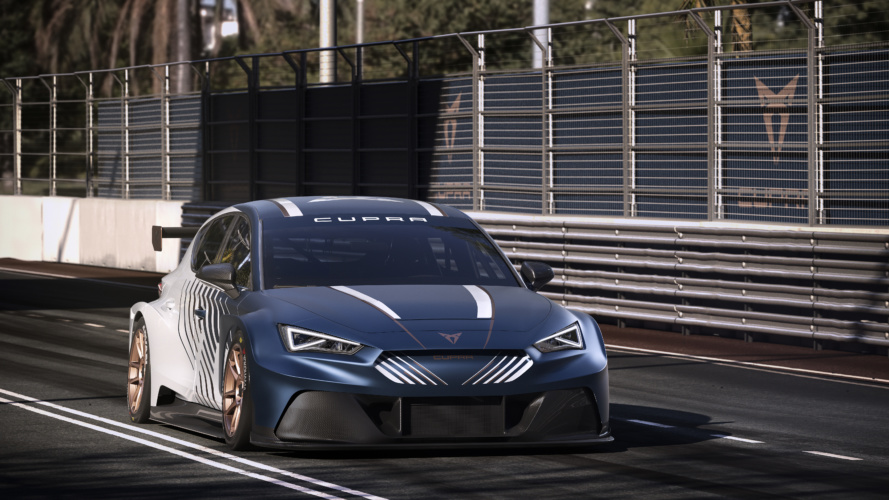Case study: CUPRA racing optimises design and manufacturing with PTC Creo
Using CAD and PLM software supplied by PTC, engineers at high performance automotive firm CUPRA have optimised the design and manufacturing process of vehicle components, achieving a high performance that continues to leave its mark on the racing circuits.

CUPRA, which was born in 2018, is the high performance motorsport subsidiary of Spanish automotive manufacturer SEAT. In 2021, it took part in 70 races in TCR world, continental, and national series and championships. At the same time, the brand continues its electrification strategy through its participation in Extreme E and PURE ETCR. Its goal is to contribute to the future development of this racing car and to gain knowledge about high-performance electric motors that are later applied to street cars.
Being competitive on the track requires countless hours of effort and dedication to make a car fully competitive. And part of that work has to do with the process of designing and creating vehicle components.
This task, in the case of CUPRA, had a turning point in 1998, when it began working with PTC parametric software, which at that time was called Pro/ENGINEER. In fact, before its implementation, there were parts that the team could not even design, simply because of their complexity. PTC parametric software provided the capabilities they needed to evolve components much faster, as well as test their performance
Register now to continue reading
Thanks for visiting The Engineer. You’ve now reached your monthly limit of premium content. Register for free to unlock unlimited access to all of our premium content, as well as the latest technology news, industry opinion and special reports.
Benefits of registering
-
In-depth insights and coverage of key emerging trends
-
Unrestricted access to special reports throughout the year
-
Daily technology news delivered straight to your inbox










UK Enters ‘Golden Age of Nuclear’
Anybody know why it takes from 2025 to mid 2030's to build a factory-made SMR, by RR? Ten years... has there been no demonstrator either? Do RR...